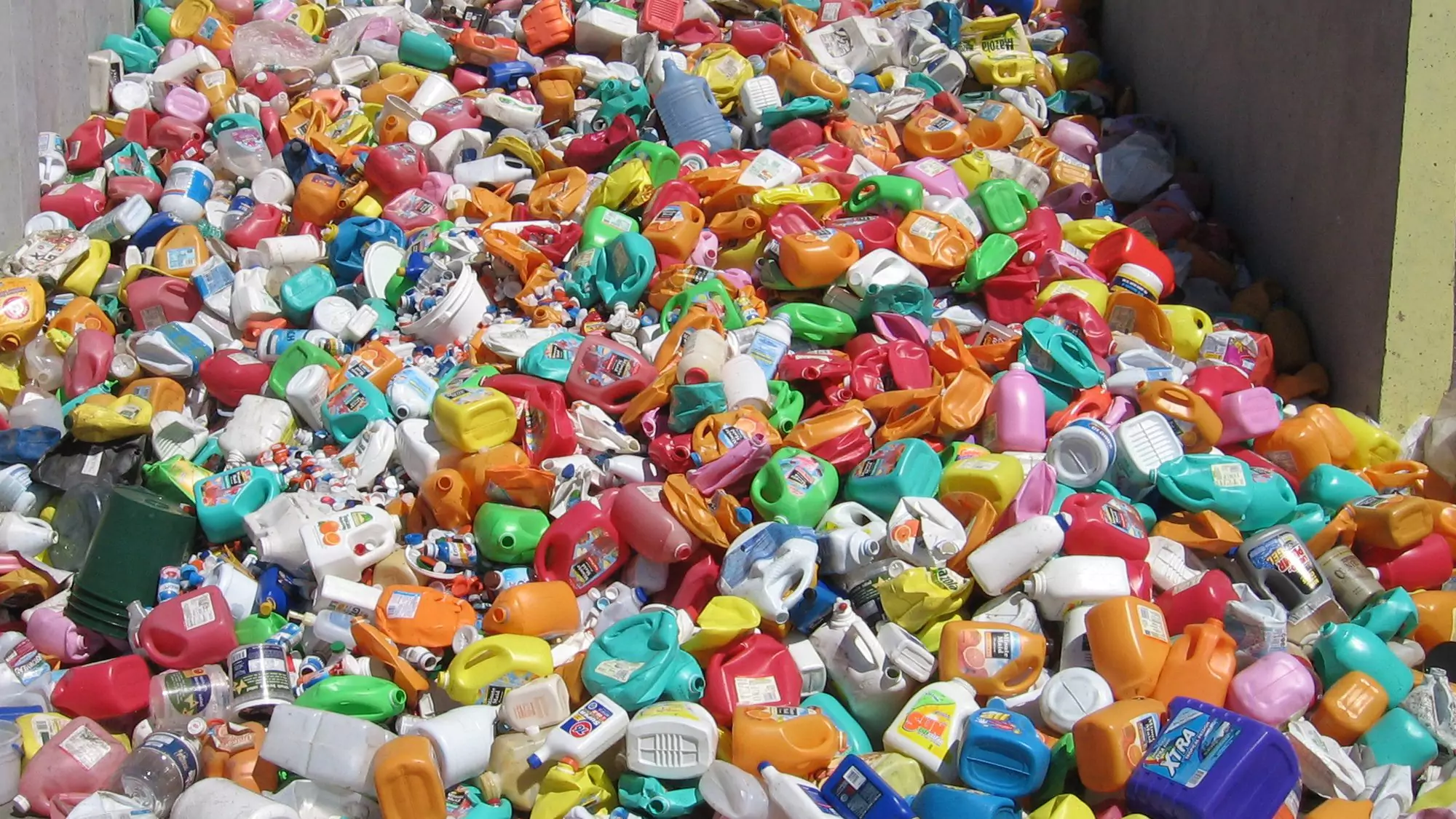
Rubbish Removal Mandurah is an industry that focuses on helping people declutter their homes. However, this process can be difficult because it requires sorting and delivering rubbish to a disposal site.
Many cities offer garbage collection services for their residents. These services are typically provided for a nominal fee, and are usually collected on specific days.
In some cities, rubbish is collected and recycled as part of the waste management system. It helps reduce the need for raw materials and lowers carbon emissions, which contribute to climate change. Recycling also creates jobs and keeps valuable materials out of landfills. Some products are made entirely from recycled material. For example, glass bottles can be remanufactured into new ones; metal cans can be used to make furniture or clothing; and paper can be remade into new paper or books.
The benefits of recycling include reduced energy use, cost savings, and the creation of new jobs. In addition, it can help reduce the amount of harmful chemicals that are released into the environment. It can also help prevent the erosion of soil quality and prevent the leaching of pollutants into water supplies. However, it is important to note that recycling is not a cure-all for all waste problems. It is still necessary to reduce and properly dispose of hazardous waste.
It is the responsibility of all citizens to ensure that their rubbish is disposed of in a safe and responsible manner. This is especially true when dealing with dangerous waste, which can pose health and safety risks for humans and animals. It is also a good idea to avoid open dumping of rubbish, as it can lead to a number of environmental and health-related problems, including contamination of groundwater sources.
Many governments around the world have established recycling programs to reduce the amount of solid waste they produce. These programs typically include home garbage collection, recycling bins, and scheduled pick-up days. They may also charge a fee for garbage collection, which can vary according to the type of rubbish produced by households. In some cases, the fees cover the entire cost of garbage removal services.
Garbage that is not recycled is generally disposed of by burning or burying it. In the former case, the garbage is burned in a controlled process to produce heat and electricity. This is considered to be one of the most hygienic methods of rubbish disposal. It is important to note, though, that this method of rubbish removal is not suitable for certain types of waste, including toxic substances and batteries.
Composting
This is a great way to reduce the amount of rubbish you produce. You can compost kitchen scraps, grass clippings, and other organic wastes. This process allows microorganisms to break down these materials into a soil-like product called humus, which provides much needed nutrients to the soil. It is also a good way to avoid the environmental and health hazards of open dumping.
While this is not a convenient option for everyone, it can be a cost-effective and environmentally friendly alternative to burning or burying your trash. However, it is not appropriate for toxic or hazardous waste, which requires specialized disposal methods. It is best suited for small amounts of compost garbage.
While humans have produced rubbish for as long as they have existed, it was not until the 19th century that junk removal came into existence. This was due to a series of deadly cholera outbreaks linked to foul-smelling air in London that prompted new legislation on rubbish collection and disposal. This lead to the Nuisance Removal and Disease Prevention Act of 1846 and the Public Health Act of 1875, both of which helped position waste management as a vital part of human society. This is evident when one observes heaps of garbage scattered in open fields and beside roads as they pass by on a highway.
Dumpsters
A dumpster is a large garbage bin that’s designed to hold waste until it can be collected. It’s used in most cities, and it’s a great way to deal with large volumes of trash. It’s also useful for businesses that produce a lot of waste, like schools and large offices. Generally, these containers are emptied by a special garbage collection vehicle. This makes them more efficient than collecting rubbish in individual garbage cans.
Garbage is anything that has been used up and can’t be reused in the same form. It includes all food waste and household goods, such as paper, glass, wood, leather, cow cattle dung, and other materials. It’s also important to note that there are some types of rubbish that require specialized disposal, such as hazardous waste and electronics. Depending on the type of rubbish, it can be burned or buried in a landfill.
The word “dumpster” was originally coined in the USA by the Dempster brothers, who were responsible for developing standardized garbage receptacles that could be paired with specialized garbage trucks. The word is now a generic trademark, and it’s often used to describe a large container that holds trash until it’s picked up by a garbage truck. The term has since spread around the world.
Dumpsters are usually rented by businesses and residential clients. Typically, they’re dropped off at the client’s location and then picked up on schedule by a garbage truck. Some companies also offer “skip bins,” which are smaller versions of dumpsters that can be left on a driveway or front lawn.
Commercial dumpsters come in a variety of sizes, and they’re the perfect solution for large businesses that generate a lot of waste. They’re typically a few feet taller than a regular trash can and can be rented in bulk. These dumpsters can be filled quickly, and they’re easier to transport than smaller containers.
If you’re interested in utilizing a dumpster, contact your local garbage collection service to get more information. Most cities have laws that dictate what kinds of trash cans and dumpsters are allowed for commercial and residential use. In addition, there may be restrictions on how much waste you can dispose of per day.
Incineration
Waste incinerators use controlled burning of garbage to reduce it to ash and waste gas. This process reduces the volume of solid waste by up to 90% and is considered one of the most hygienic ways of rubbish removal. It also provides a valuable source of energy by generating heat. This can be used for a variety of purposes, such as powering water turbines and heating buildings. However, it’s important to note that incinerators emit carbon dioxide and air pollutants, which are harmful for the environment.
The decomposition of waste in landfills releases methane, which is a potent greenhouse gas. This process is also detrimental to human health and can cause bad odors. Incineration is a better option because it eliminates the production of methane and other toxic gases, such as dioxins and heavy metals. It’s also the preferred method for destroying medical waste and other hazardous materials that cannot be recycled or composted.
In addition to being environmentally friendly, incineration is also economical. It can cost less than a landfill, and waste-to-energy incineration plants produce electricity that can be sold to the power grid. This helps to reduce the amount of energy that is generated by coal-fired power plants, which are harmful to the environment.
Another benefit of incineration is that it prevents the formation of leachate, a harmful liquid that seeps into the ground and pollutes water and soil. This liquid is also a problem when it rains, as it can wash poisonous chemicals into nearby water sources. This problem is not an issue with incinerators, which can function 24 hours a day.
The advantage of incineration is that it can be used for all types of waste, including paper and plastics, as well as electronics and medical waste. It can even destroy some types of contaminants that are not eliminated by other methods, such as mercury. Waste-to-energy incineration also has the added advantage of reducing the volume of the waste by 90 percent, which makes it easier to transport and handle. It’s a great choice for cities with limited space to store waste, as well as regions with no suitable landfill sites within an economic hauling distance.
